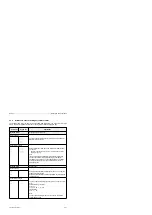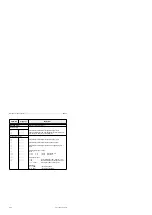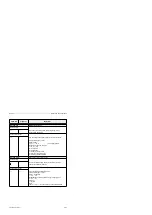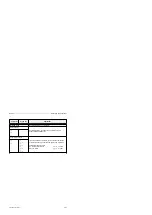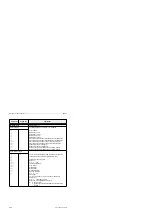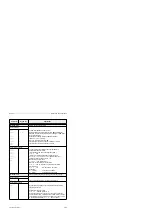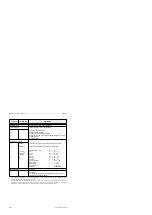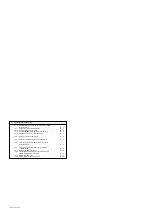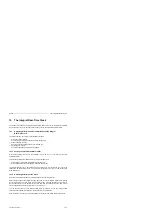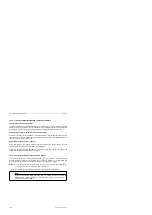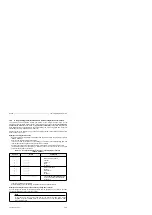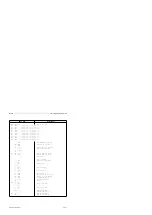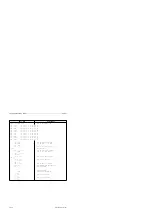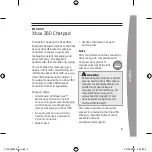
S5-95F
The Integral Real-Time Clock
10
The Integral Real-Time Clock
The S5-95F is provided with an integral real-time clock, which offers you the possibility of controlling
the process sequences. The clock data must, however, not be used to initiate safety functions.
10.1
Operating Principle and Parameterization of the Integral
Real-Time Clock
The integral real-time clock offers you the following functions:
•
Clock and calendar function
Used to configure clock-time-dependent control, for example
•
Prompt and alarm function
Used to monitor the duration of a process, for example
•
Operating hours counter
Used to monitor inspection intervals, for example
10.1.1 Setting the Clock Parameters in DB1
In the default setting, the clock is not activated. If you wish to use it, you must set the clock
parameters in DB1.
There are two possibilities to parameterize the integral real-time clock:
•
Direct setting of clock parameters in DB1 (see section 9.3.6)
•
Using COM 95F to set clock parameters (see COM 95F manual)
The integral clock requires a clock data area and a status word. We recommend you to store the
clock data area and the status word in the parameter control DB so that you can also set the clock
in the safety mode.
10.1.2 Operating Principle of the Clock
Operation of the integral real-time clock is independent of the operating state set.
Data exchange between the integral real-time clock and the control program always goes through
the clock data area. The clock stores current values for time, date and operating hours counter in
the clock data area. You can transfer into the clock data area the values for the time, date, prompt
time, and operating hours counter that you want the clock to use.
You can scan the status word to identify setting errors, for example. Or you can change certain
status word bits to deliberately disable or enable transfer or read operations.
Refer to sections 10.3 and 10.4 for detailed information on the clock data area and the status word.
EWA 4NEB 812 6210-02
10-1



